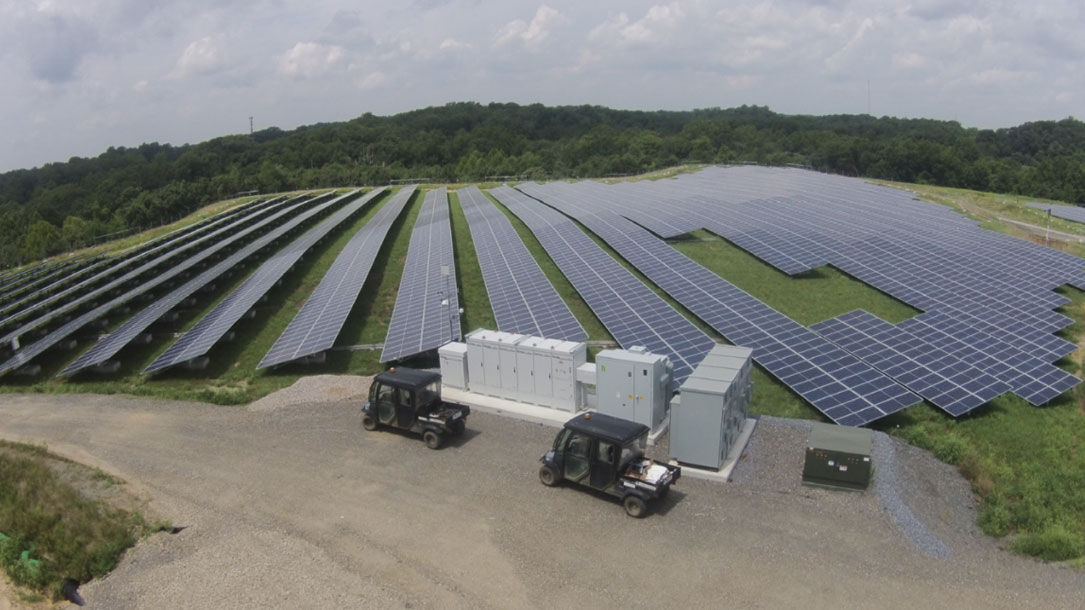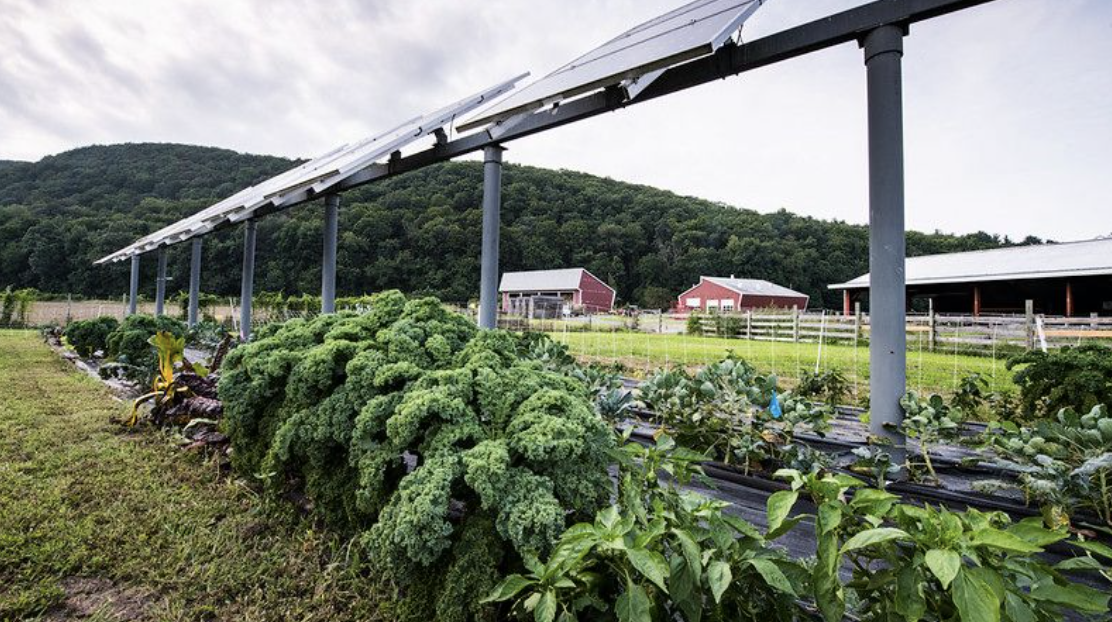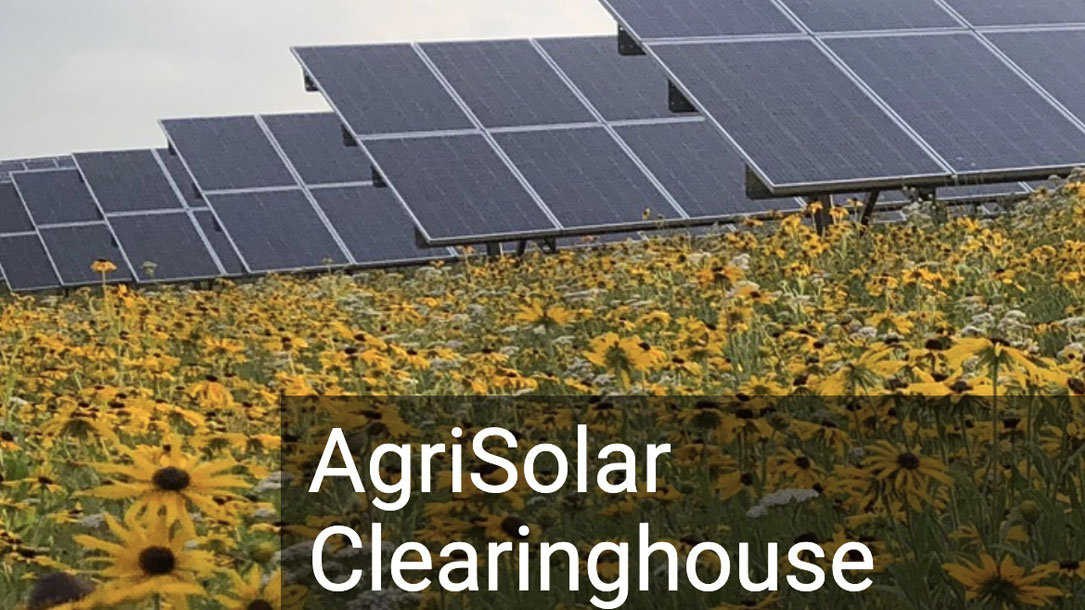
Climate crisis causing male dragonflies to lose wing ‘bling’, study finds
“Male dragonflies are losing the “bling” wing decorations that they use to entice the females as climates get hotter, according to new research.
The results have led to the scientists calling for more work on whether this disparate evolution might lead to females no longer recognising males of their own species in the long run.”

Climate, climate change, and range boundaries
“For the majority of species, boundaries shifted in a direction that is concordant with being a response to climate change; 84% of all species have expanded in a polewards direction as the climate has warmed…”

The future of landfills is bright
“There are more than 10,000 closed and inactive landfills around the country. These sites offer an incredible opportunity for solar development. By installing solar on closed landfills, states and municipalities advance local solar energy while repurposing relatively large, vacant sites within communities that have limited reuse potential.”

Landfills could host more than 60 GW of solar
The Rocky Mountain Institute (RMI) released a report, The Future of Landfills Is Bright, that offers a guide to considering the value of solar power installed on landfills. The report indicates that more than 63 GW of solar power plant capacity could be located in less than half of U.S. landfills, generating 83 terawatt hours of electricity each year across all 50 states.
The plants also could generate more than $6.6 billion annually in electricity revenue.
The report offers guidance to local jurisdictions for how to take advantage of these resources, including the considerations that must be taken when building on landfills, as well as how to create a financially viable marketplace for the sale of the solar electricity. It covers several necessary bureaucratic structures, and provides guidance on collecting the data necessary for siting projects on landfills…

Capped landfill becomes conservation land
“A capped landfill on the south side of Belchertown Road will become Amherst’s newest conservation land.
In what town officials say will be a unique conservation restriction held by Kestrel Land Trust, the 53-acre site on which residents once disposed of their household garbage will be permanently protected.”

Rising Waters
Rising Waters is a conceptual art project by Susan Israel that marks future flood levels due to sea-level rise and storms from climate change. The installations translate complex data into simple visuals that people can immediately understand and relate to viscerally, helping them visualize what is at risk. Susan began Rising Waters in 2013 to educate people about climate impacts and empower them to act.

Talking about climate change and climate action
Dr. Katharine Hayhoe recently talked about this very issue with the Oxford Climate Society. It’s completely relevant to our efforts, here in the United States. And you, and any organization who listens to this, can be a leader with her tips.
This talk is engaging, with good examples of what kinds of tips you might use in different situations. She also talks about what else she is doing to help folks talk about climate change, including new book club questions and teacher curriculum.

Agrivoltaics clearinghouse launches to share info on matching solar with farming
Solar installations may cover more than 3 million acres of the United States over the next decade, opening the door for PV to be paired with agricultural land to produce food, conserve ecosystems, and maximize income for farmers.
This opportunity, led by the National Center for Appropriate Technology to launch, is said to be the nation’s first AgriSolar Clearinghouse to connect farmers, ranchers, land managers, solar developers, and researchers with information about co-locating solar and agriculture…

What is the AgriSolar Clearinghouse?
The AgriSolar Clearinghouse is an information-sharing, relationship-building, public communications hub for all things agrisolar. The AgriSolar community will:
- Connect farmers, developers, researchers, and the public
- Provide practical technical assistance
- Develop best practices and innovative solutions to barriers
- Evaluate innovative financing options
- Promote sustainable agrisolar opportunities

Virtual Solar Symposium
Dual-use solar is increasingly recognized as a way to accelerate climate “mitigation” (slowing down) while enhancing farm and ranch viability, soil health, and water management.
For many people in the conservation field, as well as community members, this perspective and the supporting data require a paradigm shift.












